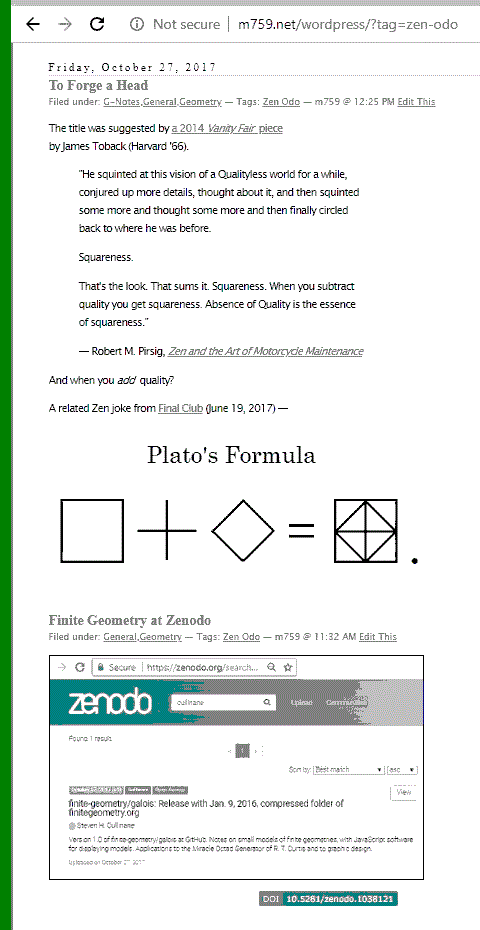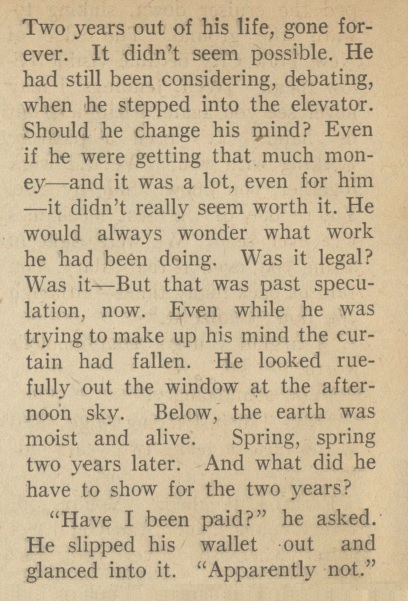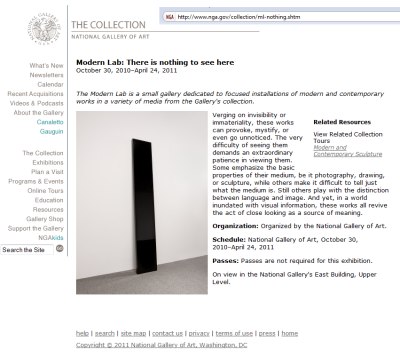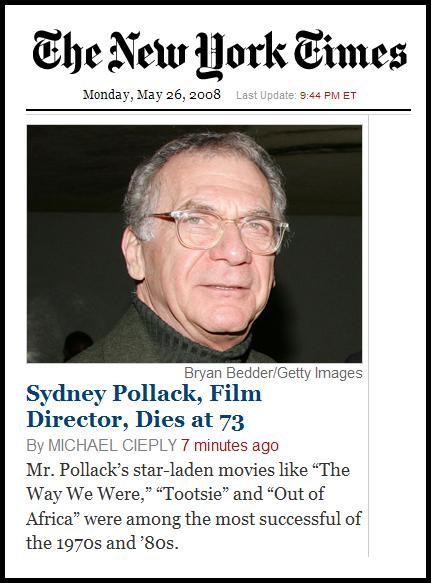The Transcendent
Signified
“God is both the transcendent signifier
and transcendent signified.”
— Caryn Broitman,
Deconstruction and the Bible
“Central to deconstructive theory is the notion that there is no ‘transcendent signified,’ or ‘logos,’ that ultimately grounds ‘meaning’ in language….”
— Henry P. Mills,
The Significance of Language,
Footnote 2
“It is said that the students of medieval Paris came to blows in the streets over the question of universals. The stakes are high, for at issue is our whole conception of our ability to describe the world truly or falsely, and the objectivity of any opinions we frame to ourselves. It is arguable that this is always the deepest, most profound problem of philosophy. It structures Plato’s (realist) reaction to the sophists (nominalists). What is often called ‘postmodernism’ is really just nominalism, colourfully presented as the doctrine that there is nothing except texts. It is the variety of nominalism represented in many modern humanities, paralysing appeals to reason and truth.”
— Simon Blackburn, Think,
Oxford University Press, 1999, page 268
The question of universals is still being debated in Paris. See my July 25 entry,
A Logocentric Meditation.
That entry discusses an essay on
mathematics and postmodern thought
by Michael Harris,
professor of mathematics
at l’Université Paris 7 – Denis Diderot.
A different essay by Harris has a discussion that gets to the heart of this matter: whether pi exists as a platonic idea apart from any human definitions. Harris notes that “one might recall that the theorem that pi is transcendental can be stated as follows: the homomorphism Q[X] –> R taking X to pi is injective. In other words, pi can be identified algebraically with X, the variable par excellence.”
Harris illustrates this with
an X in a rectangle:

For the complete passage, click here.
If we rotate the Harris X by 90 degrees, we get a representation of the Christian Logos that seems closely related to the God-symbol of Arthur C. Clarke and Stanley Kubrick in 2001: A Space Odyssey. On the left below, we have a (1x)4×9 black monolith, representing God, and on the right below, we have the Harris slab, with X representing (as in “Xmas,” or the Chi-rho page of the Book of Kells) Christ… who is, in theological terms, also “the variable par excellence.”
|

Kubrick’s
monolith
|

Harris’s
slab
|
For a more serious discussion of deconstruction and Christian theology, see
Walker Percy’s Semiotic.









-Representations-Wikipedia.jpg)

































